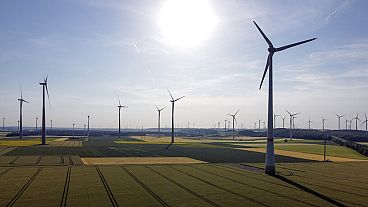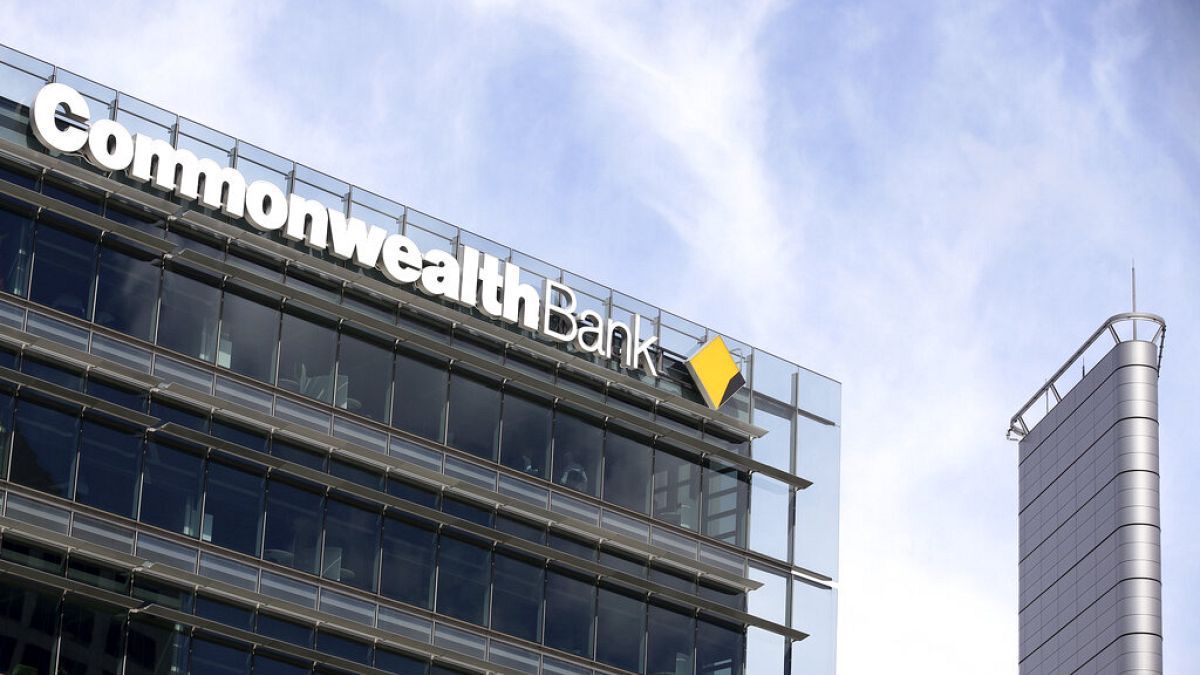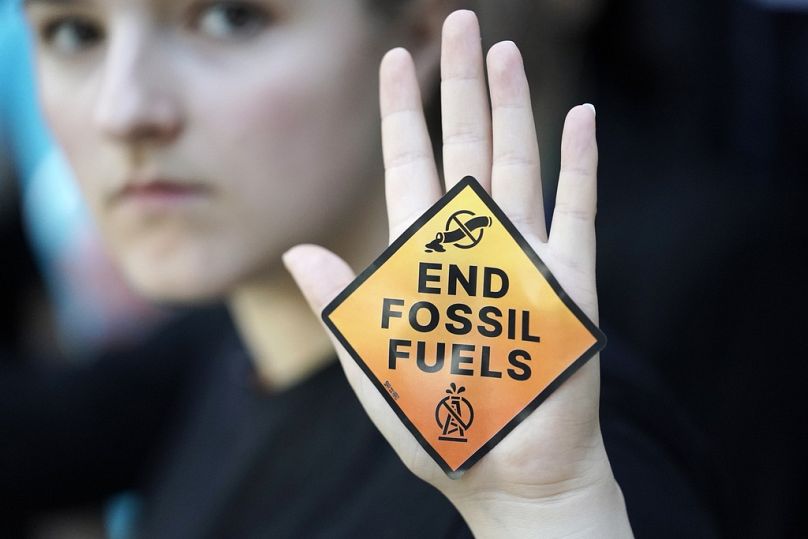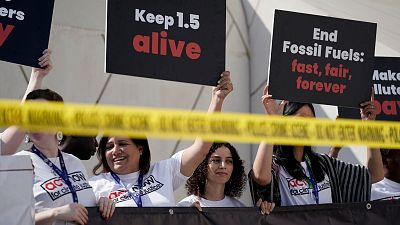CBA has explained that they will stop financing fossil fuel companies that don’t comply with climate goals set out by the Paris Agreement.
Australia’s largest lender has announced it will stop financing fossil fuel companies that don’t comply with the Paris Agreement’s climate goals by the end of 2024.
The Commonwealth Bank’s (CBA) move is unusual among other rivals, who have yet to stop supporting coal, oil and gas businesses.
In a new report, CBA confirmed that clients who fail to meet an emissions pathway consistent with keeping global temperature increases to the “well below 2C goal of the Paris agreement” would not receive “new corporate or trade finance, or bond facilitation with a maturity beyond 31 December 2024”.
The bank also put in place “core criteria” for clients, which includes a medium-term emissions reduction plan for 2035 as well as a net-zero ambition covering at least 95 per cent of the carbon pollution from processing and extraction.
CBA had been called “the worst offender on climate and lending to fossil fuel companies”, by Market Forces. The climate lobby group has now praised it as “the first of Australia’s major banks to announce its break up with climate-wrecking clients”.
Will other banks follow suit on fossil fuel lending?
On Wednesday, Market Forces commended the bank’s u-turn.
“[CBA] has a crystal clear message to oil and gas companies: the buck stops here and if your plans are out of step with global climate goals, we’re not going to bank you,” a senior Market Forces analyst told UK newspaper the Guardian.
At the same time, the lobby criticised banking rivals for their decision to lend around €450 million to gas giant Santos to aid it with “massive and dangerous expansion plans”.
“ANZ, NAB and Westpac shareholders, customers and staff will be furious [that] these banks are breaking their climate promises again, and expect them to match [CBA] when they release their disclosures in November,” the analyst added.
Among those big four banks, Market Forces confirmed that CBA already had the least exposure to the gas, coal and oil industries, with financing of fossil fuel extraction at a relatively low 0.2 per cent of its total outstanding loans.
ANZ announced it managed to reduce its financed emissions in the power sector by a quarter as well as cutting oil and gas by 30 per cent and thermal coal by 96 per cent between 2020 and 2023.
In turn, NAB said it had decided to stop financing “new-to-bank thermal coal mining customers or new thermal coal mining projects” in September of 2023.
What was behind CBA’s decision to u-turn on fossil fuel financing?
In its report, CBA explained that there is a “growing concern that the frequency and impact of extreme weather events,” adding that these issues are having an adverse effect on property values as well as the insurability of some homes.
It added that average insurance premiums went up by 28 per cent in the year to 31 March and acknowledged that some 12 per cent of households are “experiencing extreme home insurance affordability stress”.
“While insurance affordability has not yet materialised as a financial risk to the bank, we have identified it as an emerging risk, given the risk it presents to our customers and subsequently the bank,” CBA made clear in the report.
The bank also estimated that home loans at “high physical risk” from climate change totalled billions of Australian dollars, especially in terms of risks from cyclones, floods, wildfires and rising sea levels. All in all, that is 2.2 per cent of CBA’s overall exposure.
















